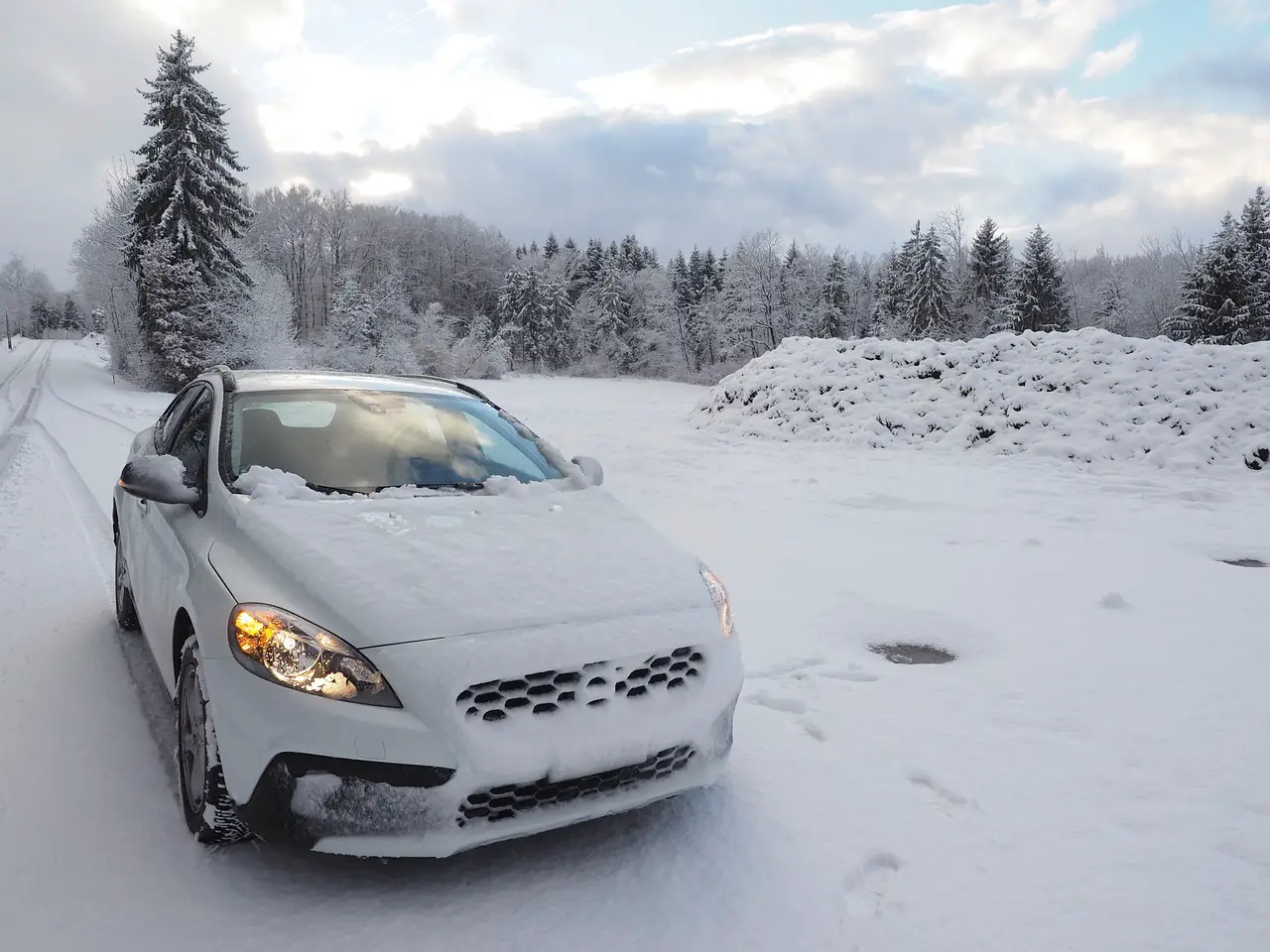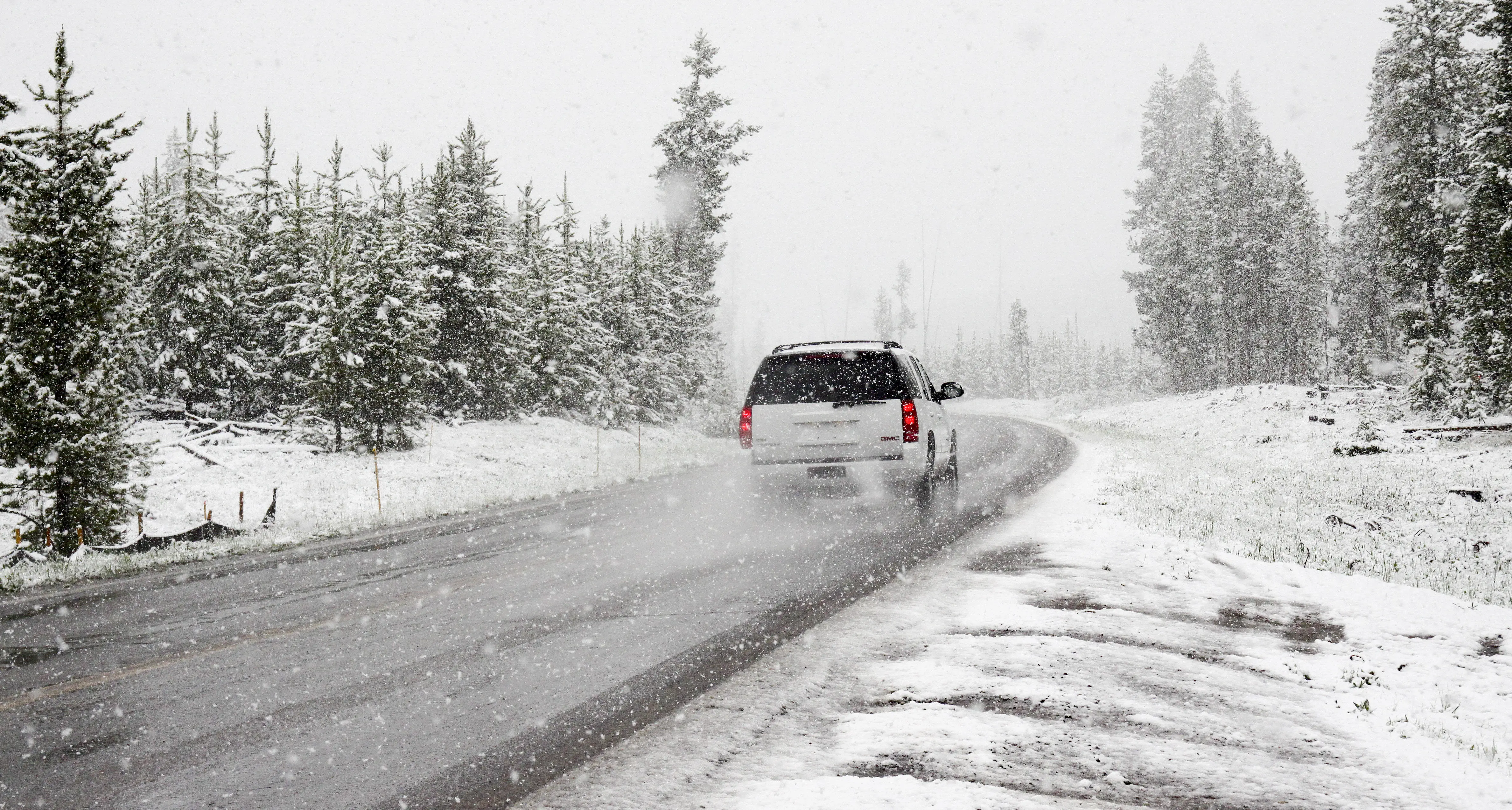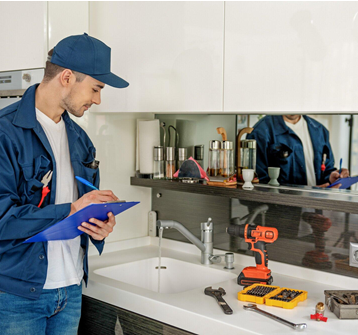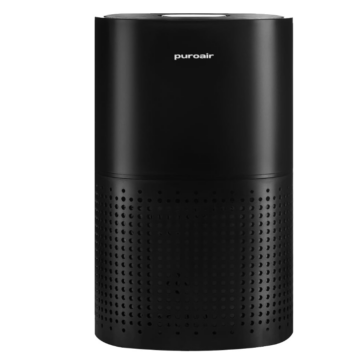
Image Credit: Pixabay
Now that December is here and the weather is truly wintery, if you haven’t already optimized your car for snow and ice, you certainly need to be getting on with it now. Driving in winter is very different to summer driving. You don’t know what the weather will do from one minute to the next and you need to take even more precautions to make sure you stay safe.
Winter driving requires plenty of patience, skill and an understanding of how to deal with potential skidding. Though most drivers won’t encounter any incidents, you need to be prepared just in case. It’s better to know what to do and never have to do it than get stranded in a blizzard without the first clue.
Automated cars may be right around the corner, but you still need to know what to do this winter.
Use Snow Tires to Maximize Grip on Icy Roads
If you haven’t had your car checked in a while, now is a good time to see a mechanic to make sure that everything is working smoothly. One of the most common problems in cold weather is your car battery refusing to start and old batteries are the worst for this. You may wish to replace the battery now or at least purchase some jumper cables so that you will be able to restart the battery yourself.
Another thing you should consider is make sure that your wheels are suitable for snow. You could buy wheel chains to add grip, but if your wheels are worn down already buying winter tires is a better idea. These tires are made specifically for adverse weather conditions and will likely last you several years if you remove them after the icy season is over.
Even with the best tires, you need to make sure that you are driving slowly and carefully on the roads. Your stopping distance will be increased by the icy road and snow can easily play tricks on your eyes, especially if you are traveling at night. This means that even if you think you are safe driving as normal, you must slow down and avoid making any sudden movements. If you feel yourself starting to skid, turn the steering wheel in the direction of your slide and brake very gently until you regain control of your steering again.
Be Wary of SatNav – Always Plan Your Route
Though Google Maps is great for getting to places you would never have found on your own, during the winter season, snow and ice can make some roads treacherous to travel on. Unfortunately, Google Maps is unlikely to know this so it could send you that way anyway.
Have a look to plan your route and if you can, ask a local which roads are best to avoid during winter. This should help you to get there without coming across too many problems on the road. Always keep a paper map in your car too, just in case you become stranded or you are unable to connect your phone to a signal or lose battery power. This analogue technology might not be as sophisticated but it doesn’t require a satellite and is unlikely to be affected by the weather!
Of course, having a GPS that works can also be a great way to find alternative routes or redirect your journey to a safe place to stop like a hotel. If you can use your GPS system to direct you to safety then do, but it is worth having that paper map nearby too, just in case.

Image Credit: Pexels
Always Have an Emergency Kit
When you are driving in snow and ice you must remember to pack yourself an emergency kit that never leaves your car. This is because if you get stranded, you can’t guarantee that you will be stranded anywhere near a nice 5 star hotel and should assume that you will be waiting for several hours before a rescue party arrives.
A space blanket doesn’t just sound awesome, it is a vital part of your emergency kit and is cheap, lightweight and potentially life saving in cold weather. They are often used by mountaineers who need to survive extreme temperatures but they are most commonly seen at the end of marathons where the runners are all draped with these foil covers. If you get stranded in cold weather, keeping the engine on constantly for heat is a bad idea. Instead this blanket will reflect your body heat back to and keep you warm.
You should also keep a first aid kit in your car just in case. If you have skidded off the road, for example, you might have a cut that needs attention or a sprain or breakage that needs bandaging. Your first aid kit should contain adhesive band aids, antiseptic wipes, gauze pads and pain relief such as ibuprofen, paracetamol or aspirin. You might also consider hot or cold packs which can be activated by snapping them. A hot pack is particularly useful in winter conditions if you are still cold.
As long as you take care while you are driving and assess the weather and road conditions before you leave, you shouldn’t encounter any problems you can’t deal with. However, it is important that should the weather suddenly turn or you feel that the road has become too dangerous to drive on, you must pull over in a safe space and either wait for the conditions to get better or call for help.
There is no good reason to put yourself in danger when the weather is like this so if you have to delay a journey this is simply how it is. Build plenty of time in to your travel plans to cope with any problems and to ensure that you won’t be feeling stressed as you drive. The worst thing you can do is rush.
Though practising driving in snow will help you to get used to the feeling, you must never assume that you will be perfectly safe. Stay aware of the dangers and don’t take an undue risks or overestimate your abilities. This is sound advice for any time of the year but is particularly prescient during the cold winter months.










